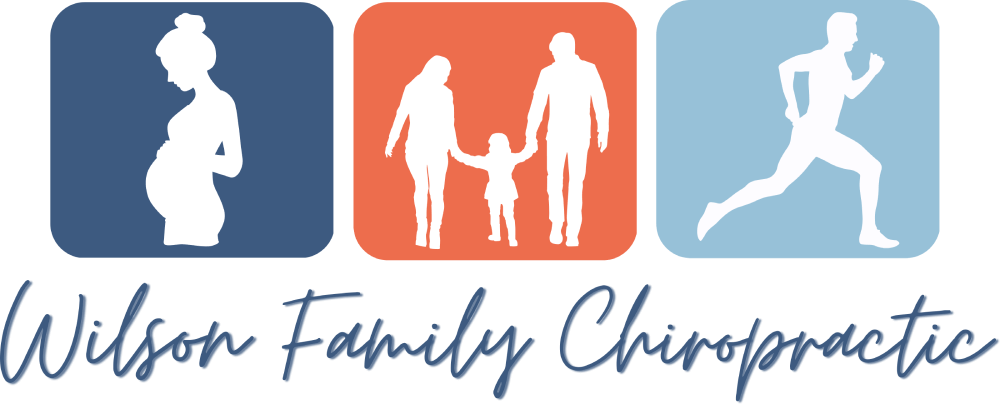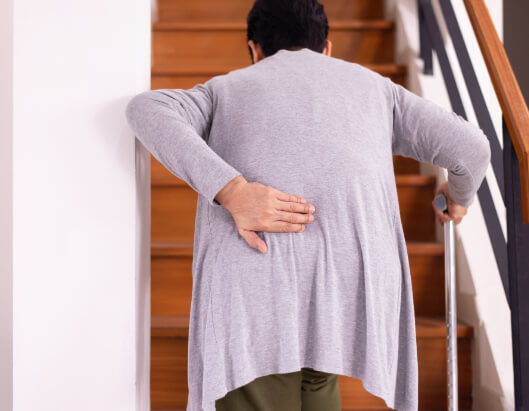Back Pain Chiropractor in Dunwoody GA
BACK PAIN
Back Pain Relief and Injury Treatment
Low back pain is the top reason people visit doctors worldwide making spinal health one of the most sought-after treatment requests annually. At Wilson Family Chiropractic you can expect a commitment to diagnosing and correcting back pain and injuries. Please schedule an appointment at our office today…we are here to help.
What Causes Back Pain?
Back pain causes are different dependent on each individual and their health history. At Wilson Family Chiropractic we will provide you with a detailed consultation, exam and x-rays so we can get to the root cause of your pain and create a customized care plan to relieve pain and correct the cause of your pain. We provide lasting, natural relief for all of these potential causes and more:
Poor Posture
Poor work ergonomic conditions, working out with poor form, etc. can pull your spine out of alignment over time causing pain and discomfort.
Bulging and Herniated Disc
Car Accident
Injury
Return To Living Pain-Free At Wilson Family Chiropractic
At Wilson Family Chiropractic, we’re commited to serving our patients with expert chiropractic care, shockwave therapy, laser therapy and much more!

